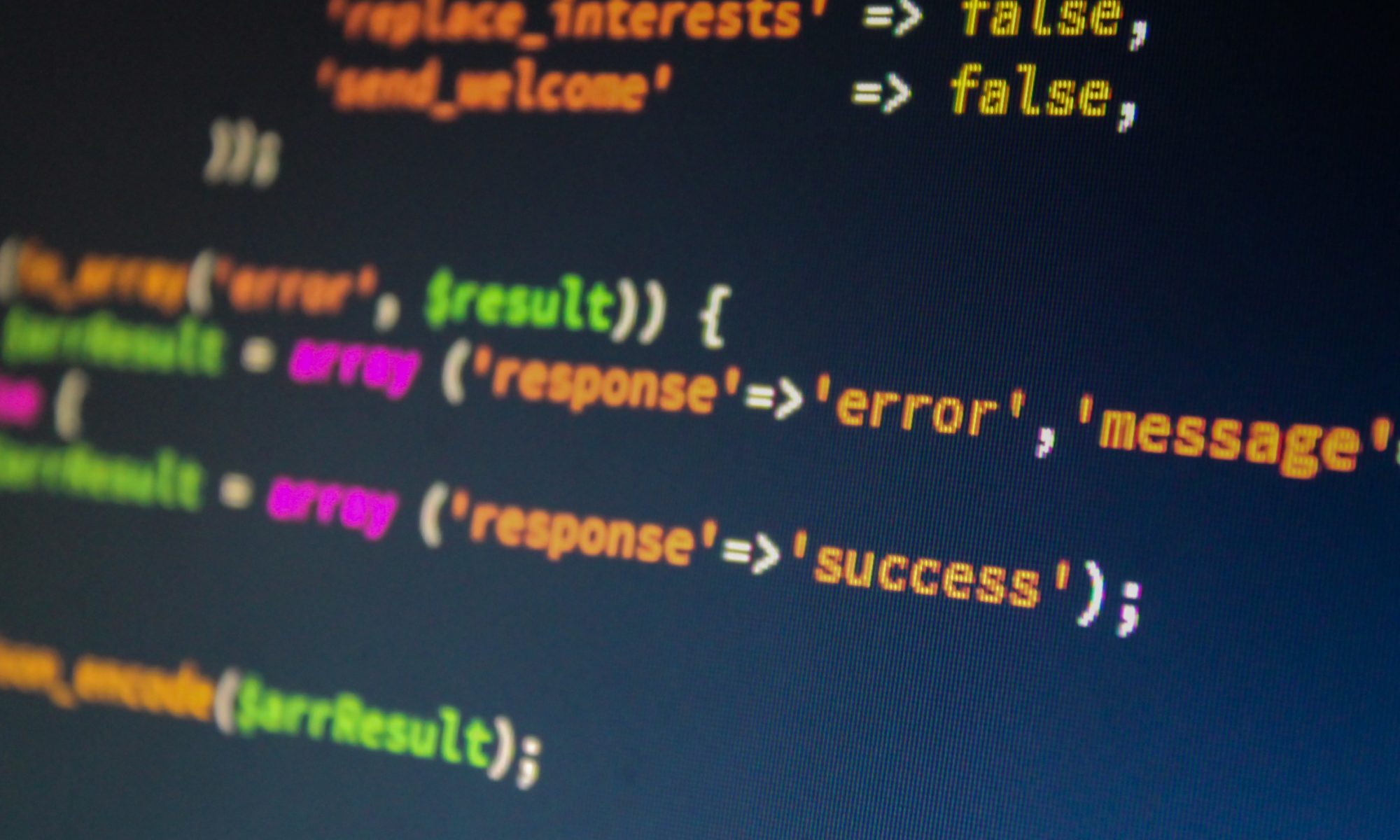Watch out! This tutorial is over 9 years old. Please keep this in mind as some code snippets provided may no longer work or need modification to work on current systems.
The built-in gets function simply reads a line and returns it as a string. The chomp method from class String trims the line terminator. The prompts are generated with ordinary prints lacking a final newline.
# Get the parts of speech
print "Please enter a past-tense verb: "
verb = gets.chomp
print "Please enter a noun: "
noun = gets.chomp
print "Please enter a proper noun: "
prop_noun = gets.chomp
print "Please enter a an adverb: "
adv = gets.chomp
# Make the sentence.
print "#{prop_noun} got a #{noun} and\n#{verb} #{adv} around the block.\n"
Similarly, the to_f method of class String converts the input string to a floating-point number.
print "Triangle height: "
h = gets.to_f;
print "Triangle width: "
w = gets.to_f;
area = 0.5*h*w
print "Triangle height ", h, " width ", w, " has area ", area, "\n"


